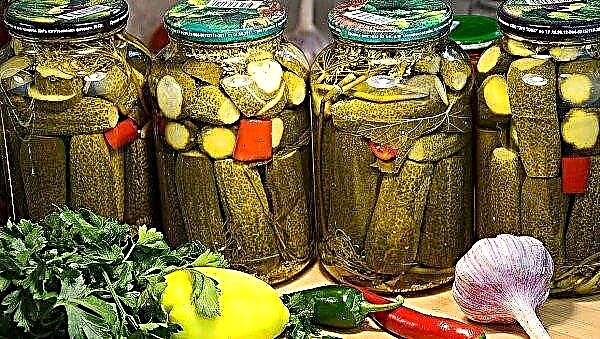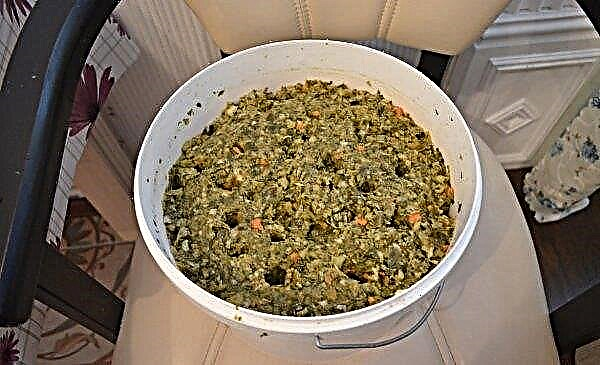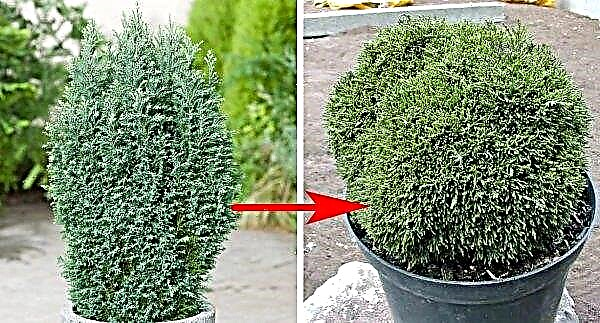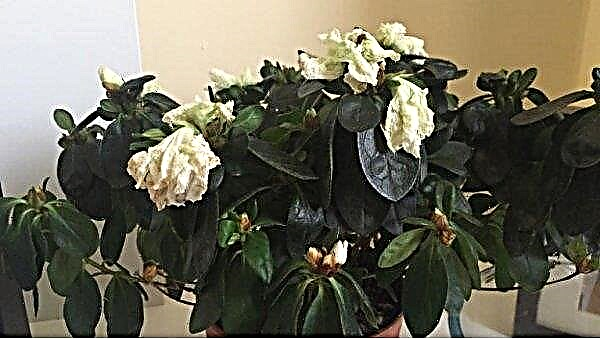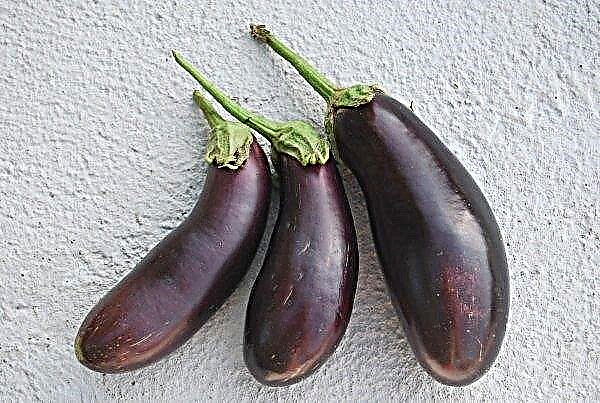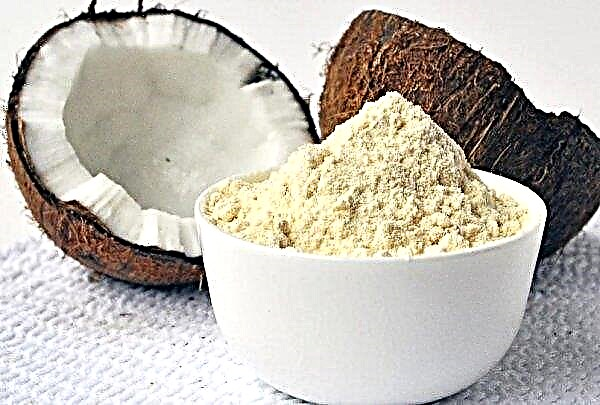Pergolas, as you know, are open and closed. And although the first option is usually used in cottages and small plots of land, later homeowners often come to the conclusion that it is still necessary to protect such a place to rest from annoying insects, rain, wind and other vagaries of nature. About what methods exist to solve the problem, what material is better to use and what should be paid special attention to - further in the review.
PVC film closure
Perhaps the easiest way to protect the gazebo from the weather is to use a film made of ordinary polyethylene or a more modern polymer material, such as polyvinyl chloride (PVC).
On sale today you can buy the so-called soft windows of almost any size. Their installation is carried out according to the same scheme as the installation of plastic double-glazed windows in apartment buildings - with the departure of specialists, accurate measurements and the subsequent filling of the openings with finished frames. If you have certain building skills, you can tighten the gazebo with a film in the right places on your own, using any wooden, metal or plastic frame for fastening.
But despite the low cost and lack of difficulty with installation, the film version of the protection of the gazebo has a number of significant drawbacks. First of all, it is important to understand that most likely it will not survive the winter with its cold winds and sticking snow of this kind, which means that it will either need to be dismantled in the autumn and reinstalled in the spring, or updated in places of gusts. However, manufacturers of soft PVC windows claim that their products, if properly used, are designed to last 10 years.Did you know? The basis of polyvinyl chloride is ordinary table salt. This material is considered so safe and environmentally friendly that it produces not only food utensils or pipes through which drinking water is supplied, but also containers for transporting blood.

In addition, the film perfectly transmits light, therefore, it will not be able to protect it from the bright sun either. Finally, from a design point of view, the gazebo also does not look very impressive. In other words, before sewing up a summer pavilion on a garden plot of this kind with material, you should think carefully.
Important! The film practically does not let air through, therefore, a room in the gazebo from a place for a pleasant pastime can turn into a real greenhouse, where it will be impossible to be in the afternoon, and any ventilation openings will negate the whole meaning of shelter.
Glazing
A more reliable and fundamental way to protect the gazebo from negative external influences can be glazing. But there are problems. Glass windows and the door to the pavilion are quite heavy and complex structures, so ideally their presence should be laid in the project already at the construction stage.

The glazed arbor is called closed. Such a room usually has its own water supply, complex ventilation system, and sometimes even heating. It is technologically wrong to cover the originally opened gazebo with glass, although this does not mean that such an option cannot be realized.
There are three ways to glaze the finished pavilion - using a plastic double-glazed window or old wooden window frames or using modern frameless glazing.
Did you know? The first double-glazed window was made in Germany back in 1867. Over the past century and a half, technology has advanced to the extent that today modern machines extrude in one second 6 m of high-quality fifth-generation profile, and window suppliers provide warranties for their goods for 20 years.
Plastic euro-window
In order to escape from wind or rain in the summer, the so-called cold glazing method is used. It involves the installation in all openings of a frame with a single glass, and the design must necessarily include the maximum number of swing-out or window mechanisms, which, if necessary, can be opened and then closed again. Otherwise, the glass in the gazebo will create the same atmosphere of the sauna as the plastic film. 
If the pavilion is planned to be used all year round, the glazing is carried out with full three-chamber or five-chamber packages, designed to protect people inside the arbor not only from rain or wind, but also from frost. This method of shelter is called warm.
For glazing arbors may well fit old wooden frames with surviving glass, which very often remain unclaimed after replacing them with modern European windows. Of course, it will be necessary to tinker with such material, but, having shown a little ingenuity, the difficult task is solved almost for free.
Did you know? The idea of obtaining polycarbonate belongs to the German chemist Alfred Einhorn, who gave the world one of the most popular anesthetics - novocaine. It is interesting that the discovery happened by chance, exactly at the moment when the scientist was struggling with the formula of anesthetic essential drug.
Frameless glazing
Frameless glazing arbor looks very expensive and spectacular. In this case, they make glass all the walls of the pavilion from top to bottom, as a result, people in the room get the opportunity to have a full view of what is happening on the street, but they themselves remain at a glance. The advantages of frameless glazing include the fact that in a closed, in general, gazebo, even in cloudy weather there is no need to turn on additional lighting, at least during the day.
Glass for this kind of work uses the most durable, so breaking it with a stone, like an ordinary window, will not work. And yet it must be said that this option of glazing is used in the construction of enclosed gazebos, and even then only in fashionable household plots. In order to protect the existing pavilion in a modest country cottage from rain, it is better to resort to less costly and complex schemes.
Fabric and canvas curtains
Soft windows already mentioned above can be made not only from film, but also from other material, including fabric or tarpaulin.
- The advantages of this option over a transparent polymer is that such protection:
- available in a variety of colors, which means it can not only protect the room from wind and rain, but also shade it from the sun if necessary;
- performed in the form of curtains, roller blinds, cassettes or the so-called French curtains, respectively, can be used only at those moments when it is really needed;
- does not close the openings hermetically, thus, keeps the atmosphere inside the arbor comfortable and fresh;
- provides for many modifications, which allows each homeowner to choose the best option for himself;
- it is easy to install, it is not expensive, it lasts a long time, it does not look too elaborate, but neatly and stylishly.

Mosquito net
Mosquito net - perhaps the most dubious option to protect the gazebo. Its most important drawback is that the material under consideration has a very narrow focus: it does not solve the problem of penetrating the pavilion of cold, rain and wind. Moreover, if the summer cottage is located in a place where mosquitoes and other blood-sucking insects are a real problem, then the mosquito net will not completely protect from such a scourge.
The frame with the grid installed on it cannot be located in the windows and even more so in the doorway of the gazebo absolutely tight, and this, in turn, means that so many insects can always get inside the light and heat of the human body that there will be enough to make the stay of guests in the pavilion uncomfortable.
But if there is a desire to experiment, any homeowner can purchase everything necessary for the independent manufacture of window and door frames with mosquito nets: such parts are sold as a kind of “designers”, so making the right size and fixing it in the openings will not be difficult.
Sheathing
A cardinal way to protect the gazebo from adverse external influences is the “blank” sheathing of openings. Completely suturing all the walls of the pavilion is a solution that hardly anyone would call successful, but closing the room tightly on one or both sides as a compromise option is quite possible, because as a result of such modernization the gazebo will not be blown out, and if you place a table and chairs closer to the closed corner, the task of protecting guests from heavy rain is also generally solved.
The choice of material that can be used for cladding is quite large, below are just a few of the simplest options.
Polycarbonate
Polycarbonate is a modern thermoplastic material widely used in construction.
For the construction of such structures where heat resistance and maximum light transmission (for example, greenhouses or greenhouses) are required, polycarbonate today has long and reliably won the palm of the championship, demonstrating obvious advantages both over glass and over film.
- So, the advantages of the material include:
- lack of fragility (cannot be broken like glass);
- flexibility (can be bent, for example, in the form of an arch);
- low thermal conductivity (does not cool in the cold and does not heat in the heat);
- lightness (much lighter than glass);
- strength (resistance to gusts of wind);
- durability;
- tightness;
- simplicity in installation.
 Thus, covering the openings in the gazebo with polycarbonate is an option that definitely deserves attention.
Thus, covering the openings in the gazebo with polycarbonate is an option that definitely deserves attention.Lining
Lining is an unscientific name for the finishing material, which is usually understood as a wood processing product, usually a fiberboard (MDF or chipboard). But it is better not to use such material for outdoor work, because under the influence of precipitation and temperature extremes it will very quickly lose its shape as a casing for a summer house, therefore it is better to use siding, it is sometimes called a plastic lining.
Boards or wooden crate
Wood is an excellent material for summer building. The only condition that must be met in order for the structure to be durable is the pre-treatment of the board.
And yet, the gazebo, completely sewn up with blank boards, does not look very attractive, and besides, any natural material is not cheap. An excellent way out of the situation will be to open openings in the pavilion with a wooden crate. Such "walls" will not provide reliable isolation from the external environment, but the atmosphere inside the building will definitely become more cozy and comfortable.Important! In addition to protection against darkening, cracking and decay, as a result of which wooden structures quickly deform and lose their decorativeness, it is recommended that the boards be treated with special means to reduce flammability, this will reduce the likelihood of a fire, especially if the wooden gazebo is installed near the barbecue.

Hedge from the sun
As was said, all the options for sheltering the openings of the summer arbor are somehow related to certain problems, the main of which is that if the pavilion was originally planned as open, trying to hide it, the owner deviates from the project, and the design becomes either ugly or unreliable, or acquires both of these shortcomings.
Important! From white grapes on the gazebo, you can form Golden Muscat, Honey White or Crystal. Fans of red grapes should pay attention to such varieties as Black Pearl, Jupiter, Magic, Dark Brown, Buffalo, Alpha or Northern Marshal.
Therefore, the easiest and at the same time effective way to make staying in an open gazebo as comfortable as possible, without violating the general design concept, is to plant a hedge around the perimeter of the pavilion in the form of dense ornamental shrubs, evergreen conifers or weaving plants, such as ivy or girl's grapes. By the way, ordinary grapes can be used for these purposes, only those varieties that are suitable for growing in the gazebo should be selected.

A hedge will not only create pleasant shading and coziness indoors, but as it grows, it will be able to protect people in the gazebo from summer rain and too harsh winds. In most cases, such a shelter is quite enough, because in severe weather summer residents will hardly want to have a picnic in the open air, such disasters are much more comfortable to wait in the house.
An open summer arbor in a summer cottage differs from a closed one in that it is not intended to be used during rain, wind and other adverse weather conditions. For this reason, it is better to think about sheltering the pavilion for such occasions in advance, at the time of preparation of the project and its implementation. But if this was not done, you can protect the gazebo later, however, it will be a little more difficult to choose the best option from such a set of existing proposals.

